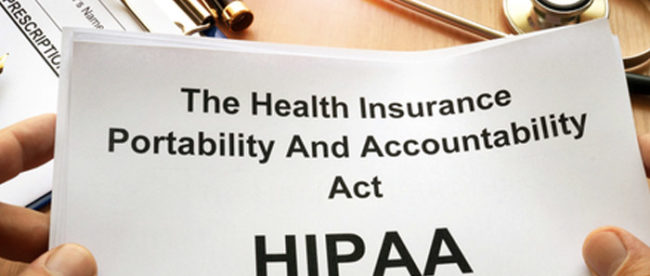The Ultimate Guide To Pacific Prime
The Ultimate Guide To Pacific Prime
Blog Article
Some Ideas on Pacific Prime You Should Know
Table of ContentsPacific Prime - TruthsPacific Prime - TruthsA Biased View of Pacific PrimeIndicators on Pacific Prime You Should KnowWhat Does Pacific Prime Do?

This is since the information were accumulated for a period of strong economic efficiency. Of the approximated 42 million individuals that were without insurance, almost about 420,000 (regarding 1 percent) were under 65 years old, the age at which most Americans become eligible for Medicare; 32 million were grownups between ages 18 and 65, around 19 percent of all grownups in this age group; and 10 million were children under 18 years old, concerning 13.9 percent of all children (Mills, 2000).
These price quotes of the variety of individuals uninsured are created from the annual March Supplement to the Present Population Survey (CPS), carried out by the Demographics Bureau. Unless otherwise kept in mind, national quotes of people without medical insurance and proportions of the populace with different sort of protection are based on the CPS, one of the most commonly used resource of quotes of insurance policy coverage and uninsurance prices.
Some Known Factual Statements About Pacific Prime

Still, the CPS is particularly helpful since it generates annual quotes relatively promptly, reporting the previous year's insurance policy protection approximates each September, and because it is the basis for a consistent set of estimates for even more than 20 years, enabling evaluation of patterns in coverage over time. For these reasons, along with the comprehensive use the CPS in various other research studies of insurance protection that are offered in this record, we rely upon CPS quotes, with constraints noted.

The quote of the variety of without insurance people increases when a population's insurance condition is tracked for numerous years. Over a three-year period starting early in 1993, 72 million people, 29 percent of the united state populace, were without coverage for a minimum of one month. Within a single year (1994 ), 53 million individuals experienced at least a month without insurance coverage (Bennefield, 1998a)
6 out of every 10 uninsured grownups are themselves used. Functioning does enhance the possibility that one and one's household members will have insurance, it is not a guarantee. Even members of households with 2 full-time breadwinner have almost a one-in-ten opportunity of being without insurance (9.1 percent uninsured rate) (Hoffman and Pohl, 2000).
Some Known Facts About Pacific Prime.
New immigrants account for a significant proportion of individuals without health insurance coverage. One evaluation has actually associated a considerable portion of the current development in the dimension of the U.S. uninsured populace to immigrants who arrived in the country between 1994 and 1998 (Camarota and Edwards, 2000). Current immigrants (those who came to the USA within the past 4 years) do have a high price of being without insurance (46 percent), however they and their children represent simply 6 percent of those without insurance policy across the country (Holahan et al., 2001).
The partnership between health and wellness insurance coverage and accessibility to care is well developed, as recorded later on in this chapter. Although the partnership in between health insurance coverage and wellness outcomes is neither direct neither simple, a considerable medical and wellness services research study literature links medical insurance coverage to enhanced access to care, far better quality, and improved personal and population health condition.
Degrees of analysis for examining the results of uninsurance. It concentrates especially on those without any kind of health and wellness insurance for any kind of size of time.
9 Simple Techniques For Pacific Prime
The issues faced by the underinsured are in some areas comparable to those encountered by the uninsured, although they are normally less serious. international health insurance. Uninsurance web link and underinsurance, however, involve definitely different policy concerns, and the strategies for resolving them might vary. Throughout this research and the 5 reports to adhere to, the main focus is on persons without any health insurance policy and thus no assistance in spending for health treatment beyond what is offered through charity and safeguard institutions
Health insurance is a powerful aspect influencing receipt of care due to the fact that both patients and physicians reply to the out-of-pocket cost of solutions - https://penzu.com/p/79996ae8dade0171. Health and wellness insurance coverage, however, is neither necessary neither sufficient to get to clinical services. Nonetheless, the independent and direct result of health insurance policy coverage on accessibility to health solutions is well developed.
Others will acquire the healthcare they require also without wellness insurance, by paying for it out of pocket or seeking it from carriers that use care free or at extremely subsidized rates. For still others, health insurance alone does not guarantee invoice of care as a result of various other nonfinancial barriers, such as a lack of healthcare service providers in their community, minimal access to transportation, illiteracy, or linguistic and social distinctions.
A Biased View of Pacific Prime
Official study about without insurance populaces in the United States dates to the late 1920s and very early 1930s when the Committee on the Cost of Treatment created a series of reports about financing physician workplace sees and hospital stays. This issue became salient as the varieties of clinically indigent climbed during the Great Depression.
Report this page